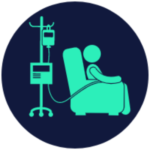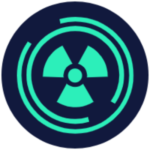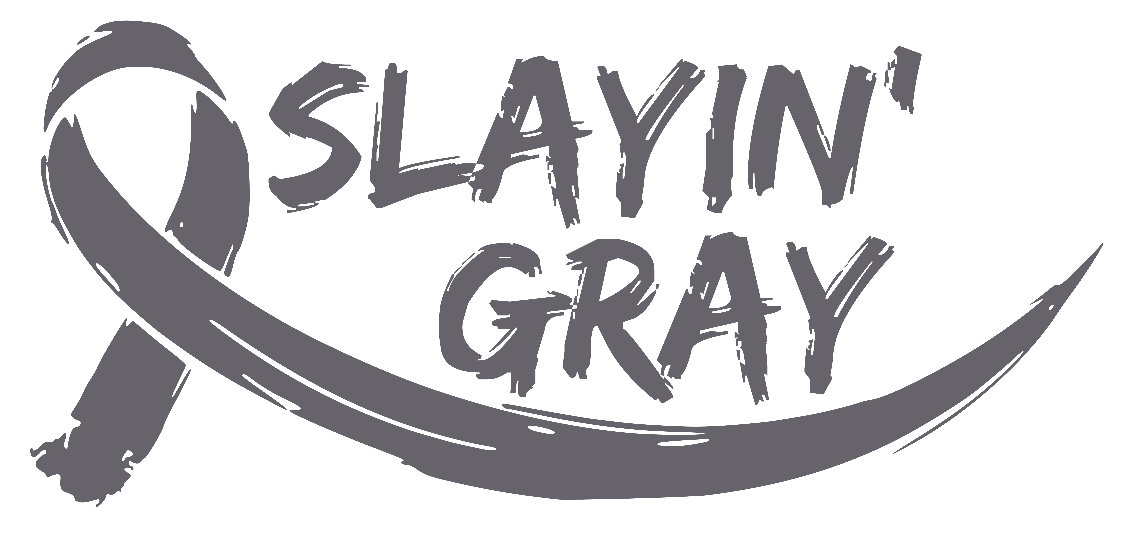WhAT IS GLIOBLASTOMA?
GLIOBLASTOMA MULTIFORME BRAIN CANCER
Glioblastomas are the most common and the most aggressive types of primary malignant brain tumors, with around 13,000 cases diagnosed in the United States each year. Signs and symptoms are initially non-specific but rapidly get worse with time. All Glioblastomas are grade IV tumors, meaning they contain the most abnormal looking cells. Rapid tumor growth, highly resistant tumors and a lack of effective therapies contribute to making Glioblastomas one of the deadliest cancer types. There is currently no cure for Glioblastoma Multiforme, GBM. The median length of survival after diagnosis is 15-18 months, while the disease’s five-year survival rate is around 10%.
HOW DOES GLIOBLASTOMA START?
Glioblastoma develops from astrocytes, star-shaped brain cells that help protect the brain from diseases in the blood and provide the brain’s neurons with nutrients.
Astrocytes themselves are a type of glial cell. Glial cells supply nutrients to the brain and give the brain its physical structure. They also insulate neurons from each other and create a stable chemical environment in the brain.
Although glioblastoma can start anywhere in the brain, it most commonly forms in the frontal lobe and the temporal lobe. The frontal lobe is located near the forehead and plays important roles in speech, voluntary movement, behavior and memory. The temporal lobe sits toward the bottom of the brain and forms new memories, processes language, and processes input from the senses of hearing, sight, taste and touch.

WHAT ARE THE SYMPTOMS?
Like all brain tumors, the symptoms of glioblastoma depend on the area of the brain where the tumor begins and spreads, as well as how quickly the tumor grows. Glioblastoma can:
- Invade and destroy brain tissue
- Put pressure on nearby tissue
- Take up space and increase pressure within the skull. This symptom is known as intracranial pressure.
- Cause fluids to accumulate in the brain tissue
- Block the normal circulation of cerebrospinal fluid through the spaces within the brain
- Cause bleeding
Brain tumor symptoms vary from one person to another. They may include:
- Headaches
- Nausea and or Vomiting
- Changes in Speech
- Loss of Balance and Coordination
- Seizures
- Changes in Mental Function, Mood, or Personality
- Memory Loss and Sensory Changes
- Weakness on one side of the body
WHAT ARE THE TREATMENT OPTIONS?
Treatment options are limited. A medical team will develop a treatment plan based on specific needs. The team will include neurosurgeons, neuro-oncologists and radiation oncologists working together to coordinate care and deliver the best therapies with the fewest side effects. Maintaining quality of life is a key concern during treatment, therefore, the care team should always look for ways to make patients as comfortable and self-sufficient as possible.

SURGERY

CHEMOTHERAPY

RADIATION

IMMUNOTHERAPY

TARGETED THERAPY
DOES GLIOBLASTOMA RETURN?
GLIOBLASTOMA RECURRENT TREATMENT –
Because it is impossible to remove or destroy all glioblastoma cells in a tumor, all glioblastomas recur. The timing can range from weeks to years.
Some patients with recurrent glioblastoma may be eligible for another surgery or laser treatment to remove as much of the tumor as possible. Radiation therapy can also be used as a palliative measure to slow tumor progression and to relieve symptoms caused by the tumor.
However, many standard treatments haven’t proven effective for recurrent glioblastoma. Patients should work with their care team to consider available treatment options and choose a plan that meets their goals. Many clinical trials are available for recurrent glioblastoma that offer personalized care built around the characteristics of the patient’s specific disease.
STANDARD CARE OF TREATMENT hasn’t changed in decades. There are only 2 chemotherapy drugs approved by the FDA. Median survival has not been increased. Please help us in our fight against GBM.
